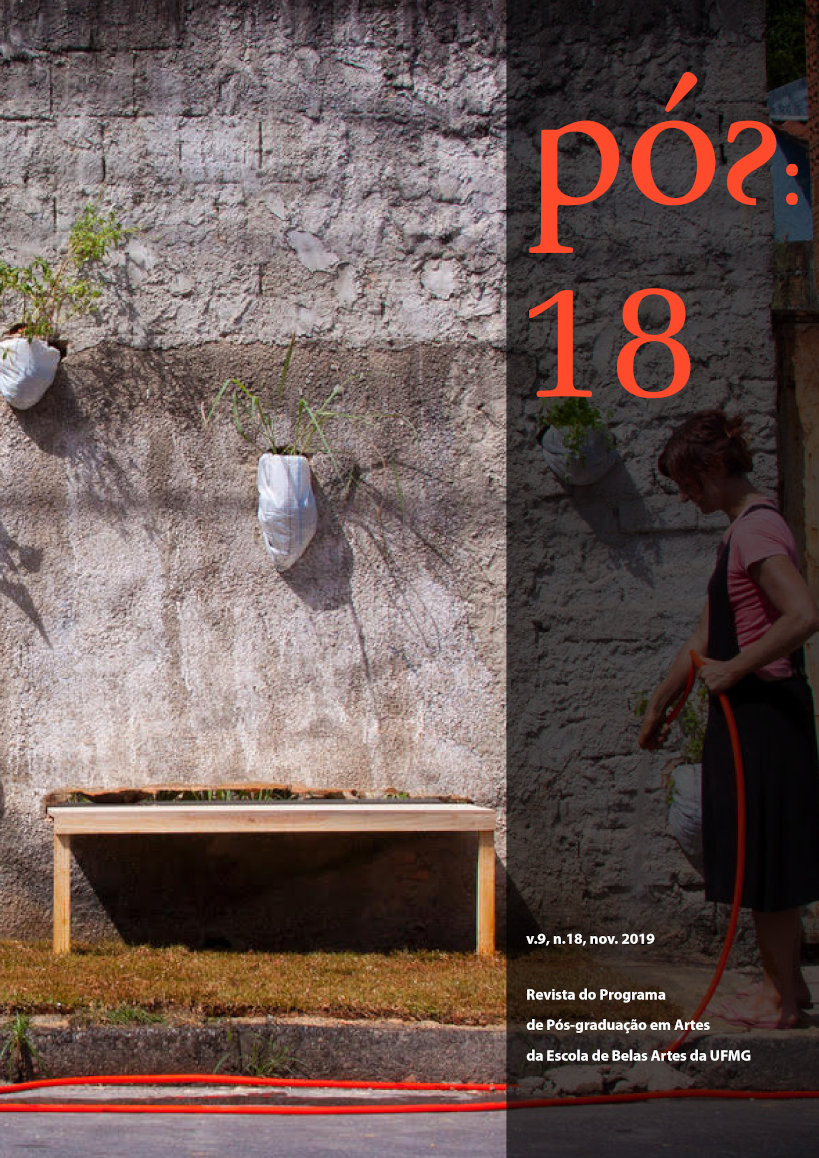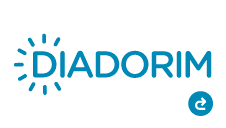Artistic practice in Kaingang indian community
For a collaborative methodology
DOI:
https://doi.org/10.35699/2237-5864.2019.16119Keywords:
Contemporary Art, Collaborative Art, CommunityAbstract
The affective DNA artistic project kame and kanhru, a collaborative art practice in a kaingang indigenous community, is the benchmark for thinking about ways to make collaborative art. Thus, the purpose of this article is to investigate how these practices are constituted. For this, it is based on speeches by contemporary artists and art critics engaged in political and social artistic practices, such as Helguera (2011) Kester (2011) and Lacy (1995). Thus, we seek to answer the questions: what is the artist's place and performance? How to conceive the timing of these practices and who is your audience? How to talk about a collaborative authorship and how are these practices learned from the art system? As a result of such inquiries, methodological possibilities are presented in the field of collaborative art.
References
BLANCO, Paloma. et al. Modos de hacer: arte crítico, esfera pública y acción directa. In: Explorando el terreno. Salamanca, España: Ed. Universidad de Salamanca. 2001. Disponível em: https://dialnet.unirioja.es/servlet/libro?codigo=1146. Acesso em: 3 mar. 2017.
CIRILLO, J.; KINCELER, J. L.; OLIVEIRA, L. S. Outro Ponto de Vista: práticas colaborativas na arte contemporânea. 2014. Disponível em: https://issuu.com/lso_rj/docs/livro_anpap_-_primeira_vers__o__fin>. Acesso em: 28 ago. 2017.
FREIRE, Juan; GÓMEZ David; LAFUENTE, Garcia Antonio. El arte de documentar. 2017. Disponível em: https://www.academia.edu/33809850/El_arte_de_documentar. Acesso em: 25 jun. 2018
HELGUERA, Pablo. Education for Socially Engaged Art: A Materials and Techniques. New York: Handbook, 2011.
JACODSEN, Joziléia Daniza Jagso Inácio. A importância do grafismo para a preservação e valorização da cultura kaingáng. In: KAINGÁNG, Susana Fakó. Eg Rá nossas marcas. São Paulo: DM Projetos Especiais, 2013.
KESTER, Grant H. The one and the many: Contemporary Collaborative Art in a Global Context. Durham, CN: Duke University Press: 2011.
LAFUENTE, A. G.; CANCELA, M. Cómo hacer un prototipo. 2006. Disponível em: http://laaventuradeaprender.educalab.es/documents/10184/64755/Como-hacer-unprototipo.pdf . Acesso em: 10 nov. 2017.
LACY, Suzanne. Mapping the terrain: new genre public art. Seattle, WA: Bay Press, 1995.
LIPPARD, Lucy. Mirando alrededor: dónde estamos y dónde podríamos estar. In: BLANCO, Paloma de, et al. (ed.). Modos de hacer. Arte crítico, esfera pública y acción directa. Salamanca: Ediciones Universidad de Salamanca, 2001. p. 51-71. Disponível em: https://vidaacademicaenlinea.cenart.gob.mx/aulavirtual/archivos/4/docs/m3/lippard_mirando%20al%20rededor%20correcion.pdf. Acesso em: 3 mar. 2017.
MALLMANN, Kalinka. DNA Afetivo Kamê e Kanhru: Prática artística colaborativa em comunidade kaingáng. Orientadora: Dra. Andréia Oliveira Machado. 2018. 108 f. Dissertação(Mestrado em Artes Visuais) - Programa de Pós-Graduação em Artes Visuais, Universidade Federal de Santa Maria, RS, 2018. Disponível em: https://repositorio.ufsm.br/handle/1/15763. Acesso em: 15 jul. 2019.
PAIM, Cláudia. Táticas de Artistas na América Latina: Coletivos, iniciativas coletivas e espaços autogestionados. Porto Alegre: Panorama Crítico Ed., 2012. 200p. Disponível em: https://issuu.com/panoramacritico/docs/livro_paim_amostra_issuu. Acesso em: 28 nov. 2017.
Downloads
Published
Issue
Section
License
Copyright (c) 2019 Kalinka Lorenci Mallmann, Andreia Machado Oliveira, Marcelo Eugenio Soares

This work is licensed under a Creative Commons Attribution-NonCommercial 4.0 International License.
Authors who publish in this journal agree to the following terms:
- Authors retain copyright and grant the journal the right of first publication, with the work simultaneously licensed under the a Creative Commons Attribution-NonCommercial 4.0 International License that permits sharing of the work with acknowledgement of authorship and initial publication in this journal;
- Authors are permitted to enter into additional contracts separately, for non-exclusive distribution of the version of the work published in this journal (e.g., the Creative Commons Attribution License).
- Authors are permitted and encouraged to publish and distribute their work online (e.g., in institutional repositories or on their home page) at any point before or during the editorial process, as this may generate productive changes as well as increase the impact and citation of the published work.
- It is the responsibility of the authors to obtain written permission to use in their articles materials protected by copyright law. Revista PÓS is not responsible for copyright breaches made by its contributors.












